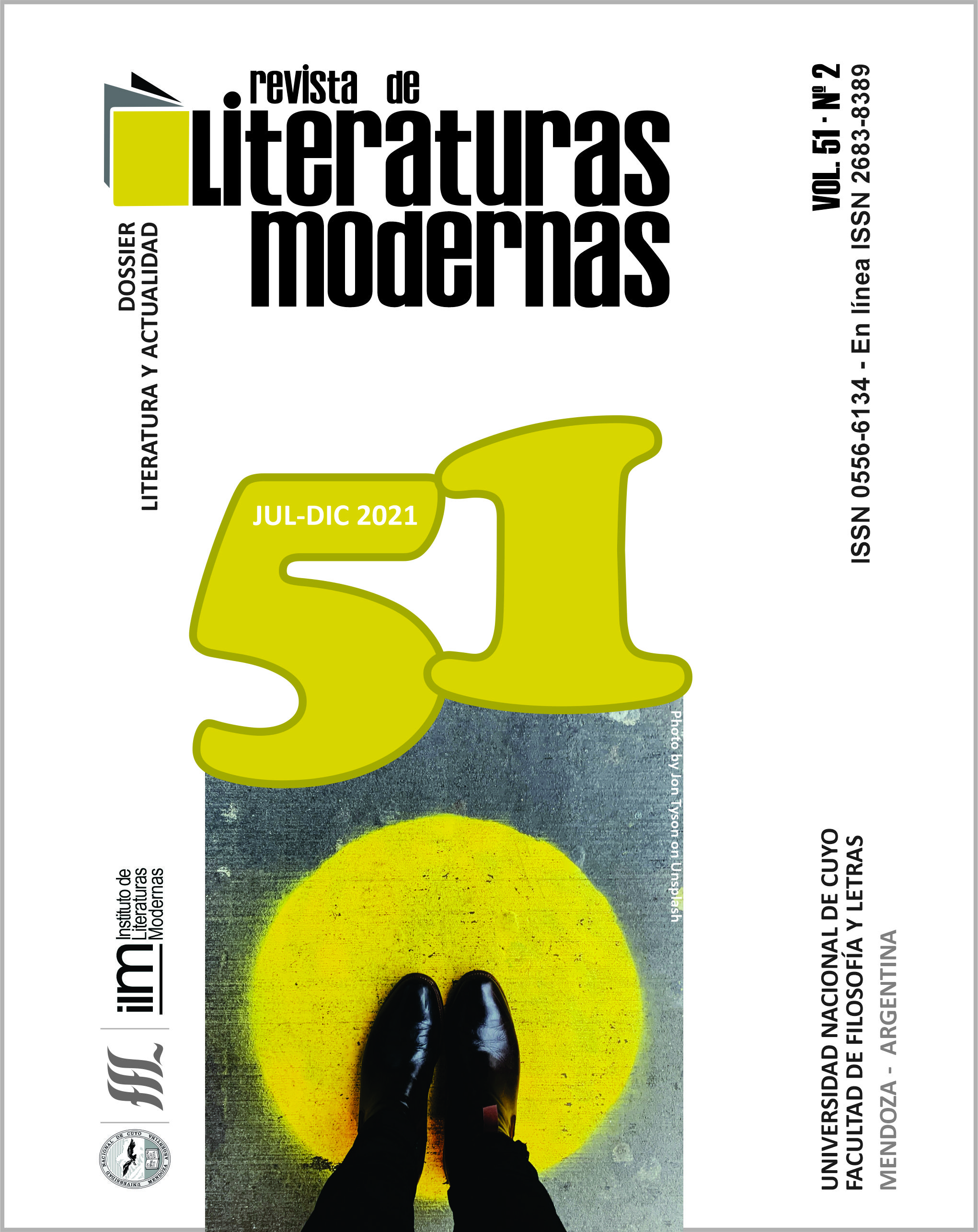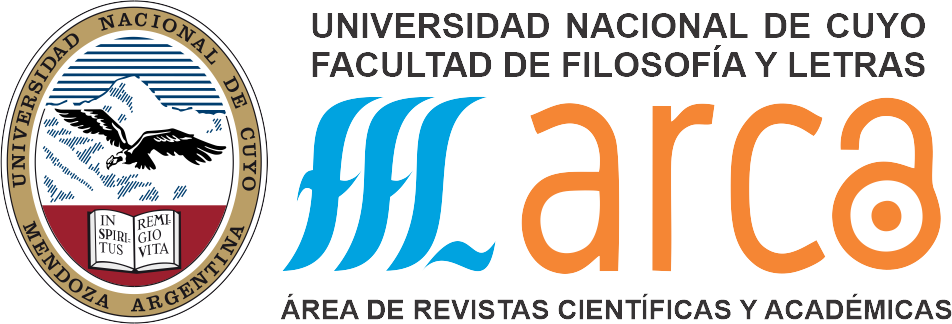Collective writing as resistance: The collective Write like a girl
Keywords:
Collective Write like a girl, Collective writing, Feminist poetryAbstract
Creating collectively offers a countercultural gaze, as it opposes the patriarchal approach and offers a collaborative system of organization. It deviates from the traditional search for legitimation, understanding that the role of the critics and the canon has always been those of a father who lectures. In its performative nature, it offers other ways of circulation and opens new spaces for dissemination and reception, new interpretations, and new critiques: we are going after the genealogies of women, to whom we are indebted without knowing it. As stated by Laddaga (2006), we are facing new paradigms that understand art as a practical regime and propose aesthetics of resistance that seek to create forms of coexistence through the creation of common worlds in which, no matter the result, the work becomes the process. Under a practical concept of the arts, we propose to reflect on the actions carried out by the collective Write like a girl during the last five years. Writing then becomes a “contemporary action of its time” in the words of Nancy (2014)
Downloads
References
ARIAS, MARIANA. 2018. “Escritura colectiva de ficción: una praxis contrahegemónica”. El búho y la alondra [en línea] Enero / junio 2018, n° Ciclos y viceversa. En línea: https://www.centrocultural.coop/revista/ciclos-y-viceversa/escritura-colectiva-de-ficcion-una-praxis-contrahegemonica. ISSN 2618-2343
BARTHES, ROLAND. 1994. El susurro del lenguaje. Barcelona: Ediciones Paidós.
BÜRGER, PETER. 2013. Théorie de l’avant-garde [1974]. Paris: Questions théoriques.
DELEUZE, Gilles. 2000. "Los intelectuales y el poder". Foucault, Michel. Un diálogo sobre el poder y otras conversaciones. Madrid: Alianza Editorial. 7-19
FOUCAULT, MICHEL. 2010. ¿Qué es el autor? Buenos Aires: El cuenco de plata.
THOMAS, FRÉDÉRIC. 2021. “Littérature et dynamiques collectives”. COnTEXTES. En línea: http://journals.openedition.org/contextes/9902
GLINOER, ANTHONY Y LACROIX, MICHEL. 2020. “Introduction”. Fabula / Les colloques, La littérature contemporaine au collectif. En línea: http://www.fabula.org/colloques/docu ment6676.php.
LADDAGA, REINALDO. 2006. Estética de la emergencia. La formación de otra cultura de las artes. Buenos Aires: Adriana Hidalgo.
LÓPEZ, JUAN. 2018. “Escribir como una chica. Sobre la antología Write Like a Girl!”. En línea: http://www.juanlopeztextos.com.ar/textos/prensa/
MEZA VALDEZ, AURELIO Y NIETO CAMACHO, ANA LILIA. 2014. “Arte, literatura y acción colectiva en Tijuana-San Diego”. Culturales, II(1),95-123. ISSN: 1870-1191. En línea: https://www.redalyc.org/articulo.oa?id=69431483004
NANCY, Jean-Luc. 2014. El arte hoy. Buenos Aires: Prometeo Libros.
RANCIÈRE, JACQUES. 2010. El espectador emancipado, Buenos Aires: Manantial.
RICH, ADRIENNE. 1986. Sangre, pan y poesía. Barcelona: Icaria.
Downloads
Published
How to Cite
Issue
Section
License
Copyright (c) 2021 Revista de Literaturas Modernas

This work is licensed under a Creative Commons Attribution-NonCommercial-ShareAlike 4.0 International License.








